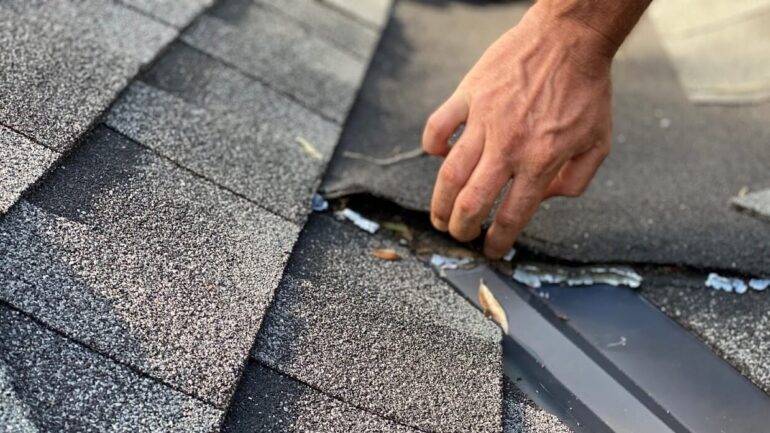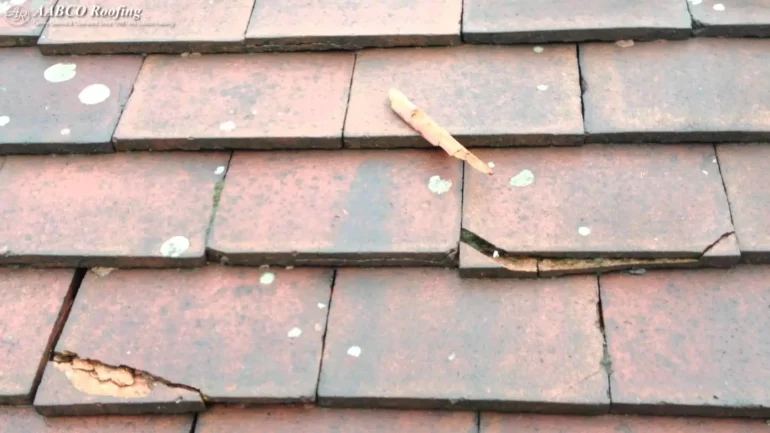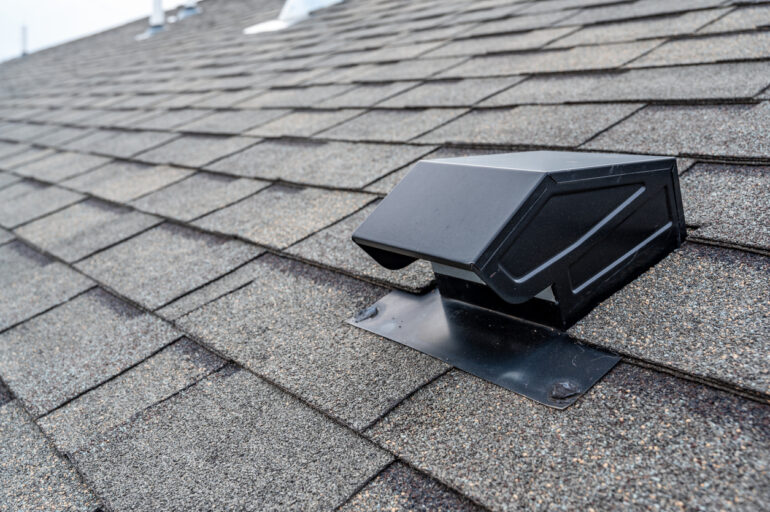The problem with small breaks in your roof is that it doesn’t take long for the damage to get worse over a short span of time. As a homeowner, you simply cannot hope that good weather will afford you enough time to leave the problem till a later date.
Even if your roof compromises seem small, it’s always a good idea to inspect your roof at least twice a year, and call a roof repairs Melbourne expert if you see something out of place. Read further to discover the importance of fixing small roof problems quickly to prevent the acceleration of damage to your home’s roof.
The Snowball Effect of a Broken Roof
The combination of a small break in your roof and severe or prolonged weather, will result in the further breakdown of your roof—and eventually parts of your house too! Even the smallest compromise in your roof flashing, your roof tiles, or your gutters will lead to gradual damage which will cost you more to fix down the road.
If these problems can be detected early, you will save yourself loads of money in the long run. Fortunately, there are strict Australian building standards that ensure your roof’s components are of a high quality. But even the best roofs can deteriorate in small ways over time, which is why it’s so important to check your roof at least twice a year.
Ways You Can Catch Problems Early

To help you do this, we’ve compiled a short list of things you can check yourself. If you find that there are problems in any of the following areas, it may be time to call a roof expert and have a few repairs done.
1. Inspect Your Roof
As mentioned, a twice-a-year inspection of your roof can save you a world of problems later on. It’s always good to familiarize yourself with your roof so that you can keep an eye on issues that may arise in the future.
Keep an eye out for leaks in your ceiling, water pools on your roof after it’s rained, as well as the integrity of your ceiling and roof exteriors.
2. Inspect Your Ceiling

Beams in your ceiling should also be checked for mould, cracks, or any other signs of moisture build-up. From your home itself, look out for sagging, dripping down the walls, or cracks in the paint. Do a double-thorough check in your bathrooms to make sure there isn’t any mould on your ceiling or cornices either.
3. Maintain Your Gutters
Gutters stop water from building up on the exterior of your roof. If these are blocked, water will pool up and begin dripping through your ceiling. Even if this doesn’t reach your home’s interior, the inside of your ceiling may suffer as a result, whether in the form of mould or water damage. Gutters should be checked every three months for rust or debris that may be blocking them.
4. Maintain Your Garden
Do you have any large trees near to your roof. If these are overhanging your roof, it’s always better to cut them away before they break off and damage your roof. Leaves from these trees could also increase the amount of debris that collects in your roof valleys. You’ll be surprised how many leaves can fall onto your roof in one day, so keep that in mind and consider trimming your trees to prevent future issues.
Don’t Delay When You See a Problem

When you do spot something wrong with your roof, be proactive in getting it fixed. Remember that small compromises have a snowball effect of damage if not dealt with swiftly. Any signs of rust can be dealt with by you within a few hours, but even one cracked tile or broken beam should be addressed by a roof expert who knows how to repair or replace these components.
Familiarise Yourself with Your Home Insurance and Roof Warranties
In some instances, your home insurance will be willing to pay you out for some of the damage or deterioration of your roof. Check your policy to see what they cover and what they don’t. Don’t hesitate to call your insurance if serious repairs need to be conducted.
Learn About Your Roof’s Ventilation

An often-neglected part of maintenance is the ventilation thereof. A lack of airflow through your ceiling can cause mould, which eventually rots the soft wooden areas of your ceiling. Check your vents regularly and address any that may be rusted or blocked. Keeping your eye on these factors will ensure that you are familiar with them, helping you to spot problems early on.
Final Thoughts
Rather than having to address much worse problems later, make sure your roof is in tip top shape today. Contacting a roof professional in your area will guarantee that these elements are checked thoroughly by someone who knows how, but many can be checked by you yourself without having to spend too much money.
Keep a good ladder in your garage and safely climb up onto your roof or into your ceiling once or twice a year. Maintain the integrity of your roof and make sure problems don’t overtake you in the future.
